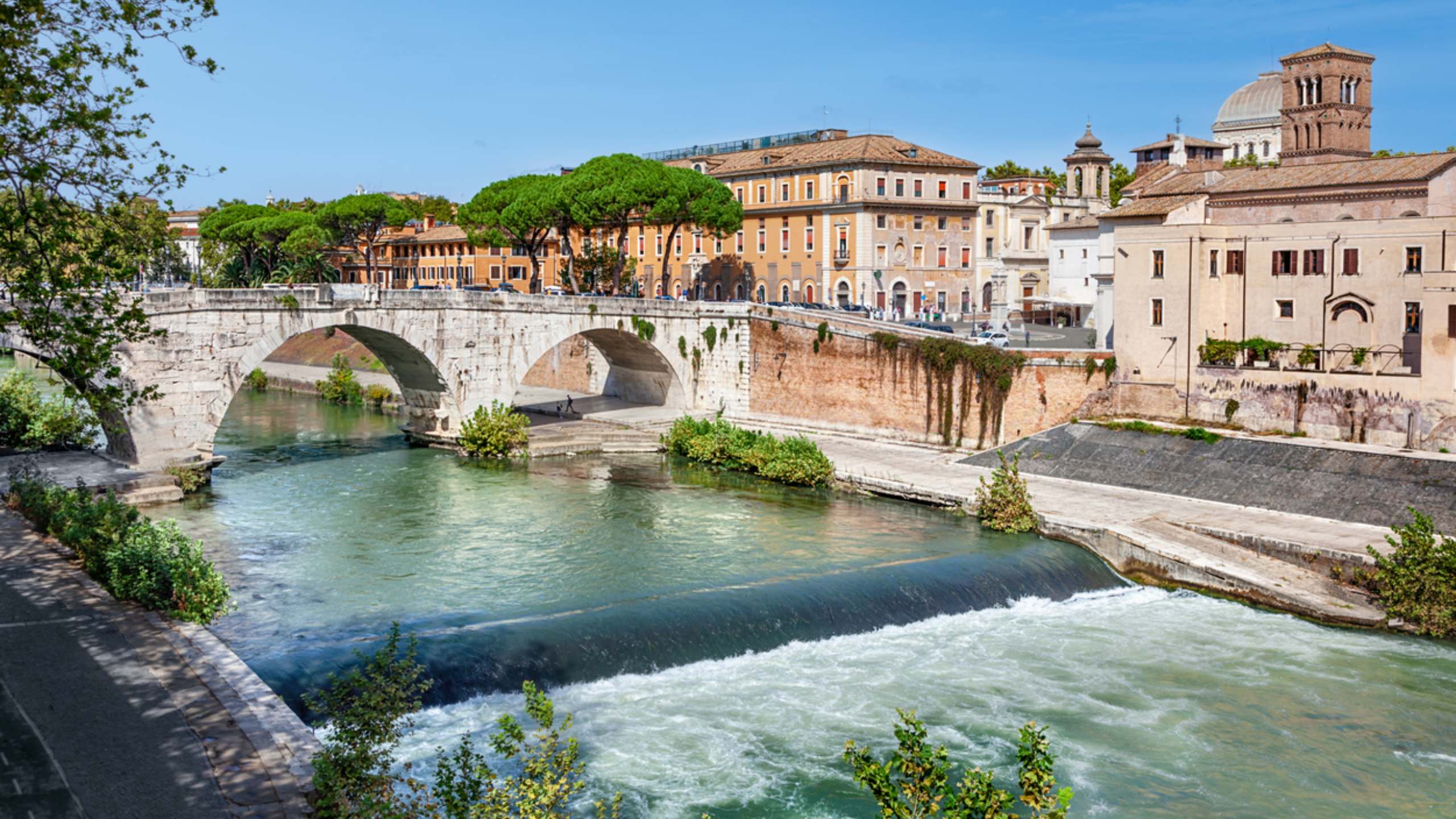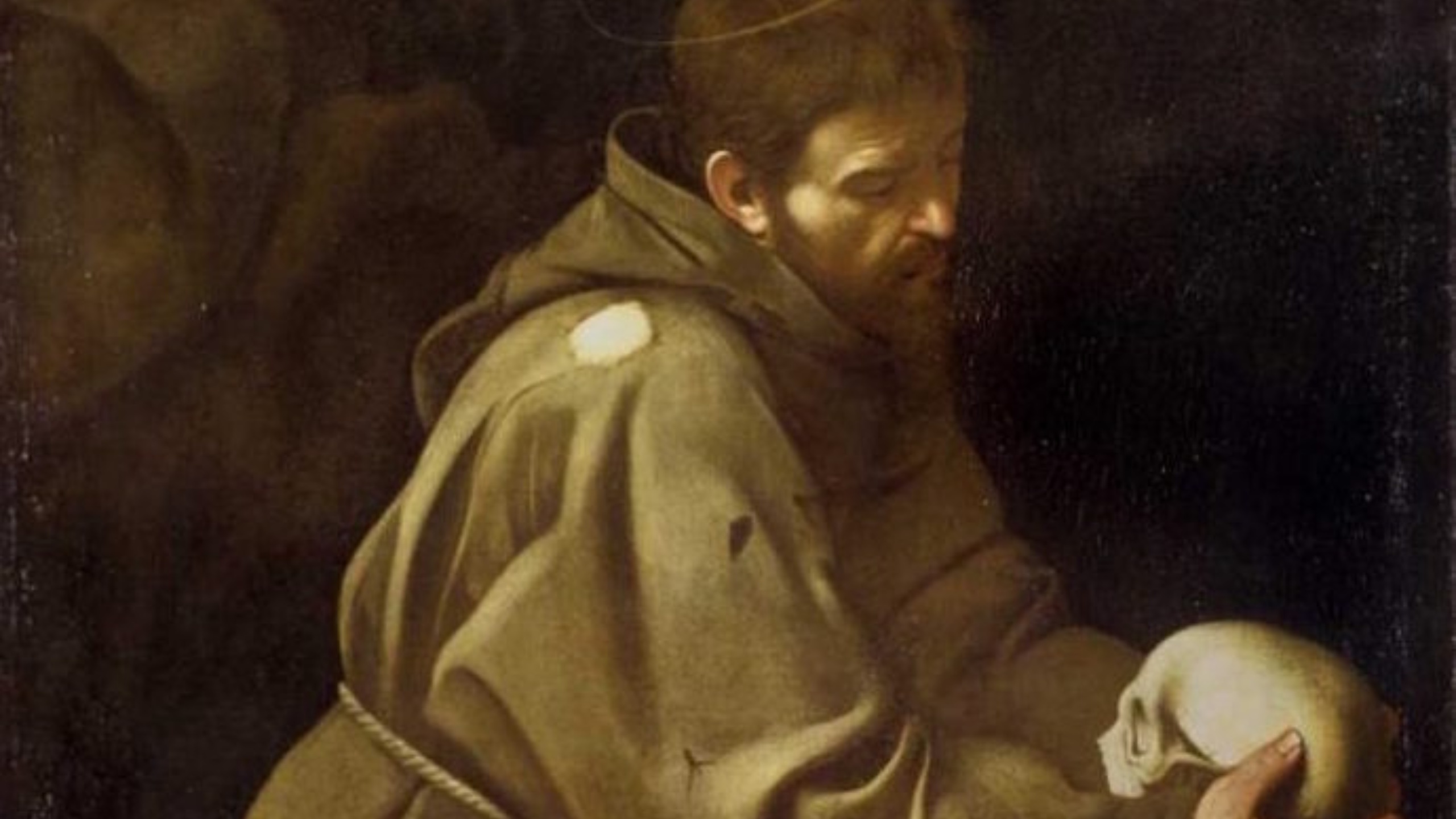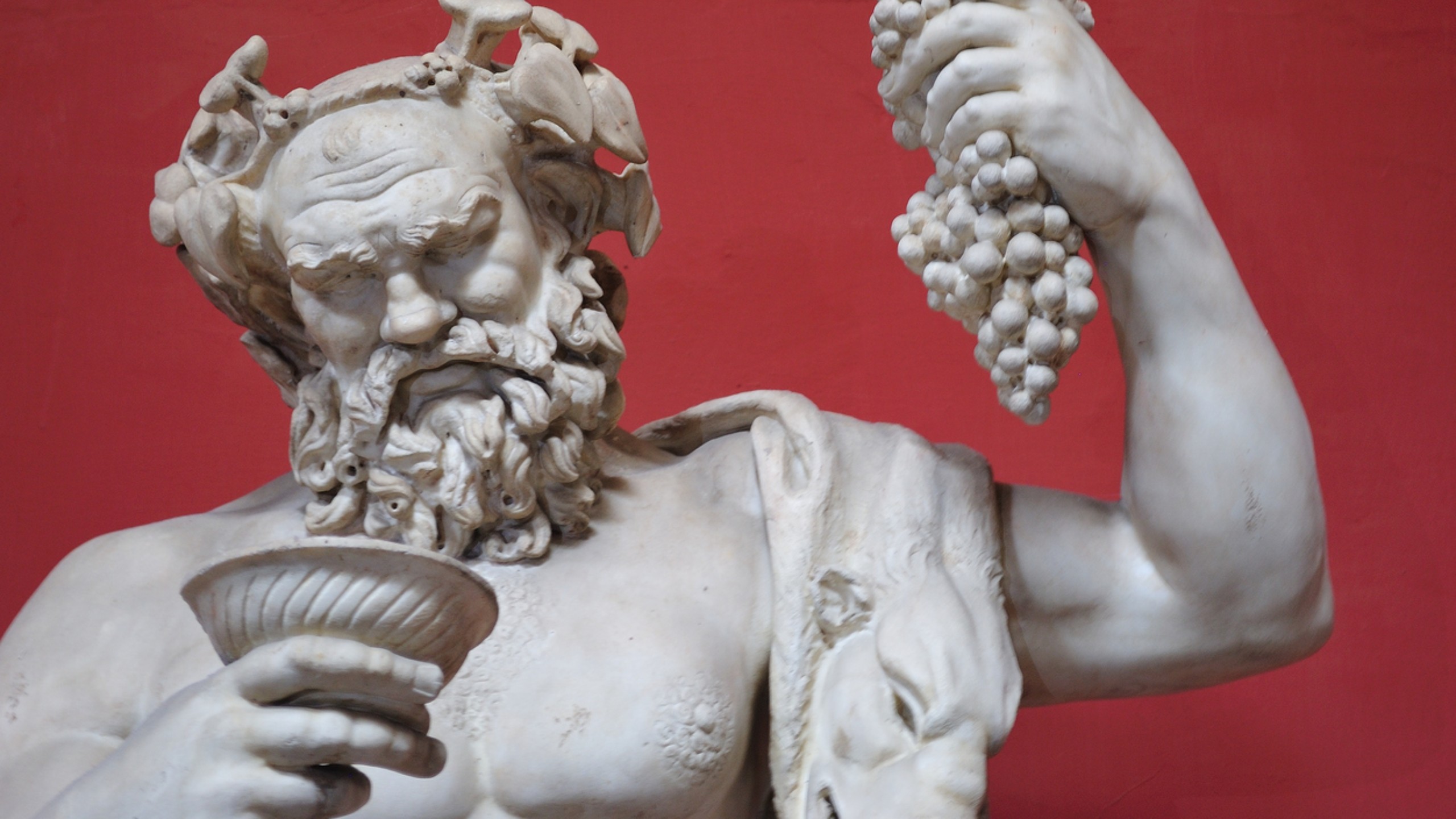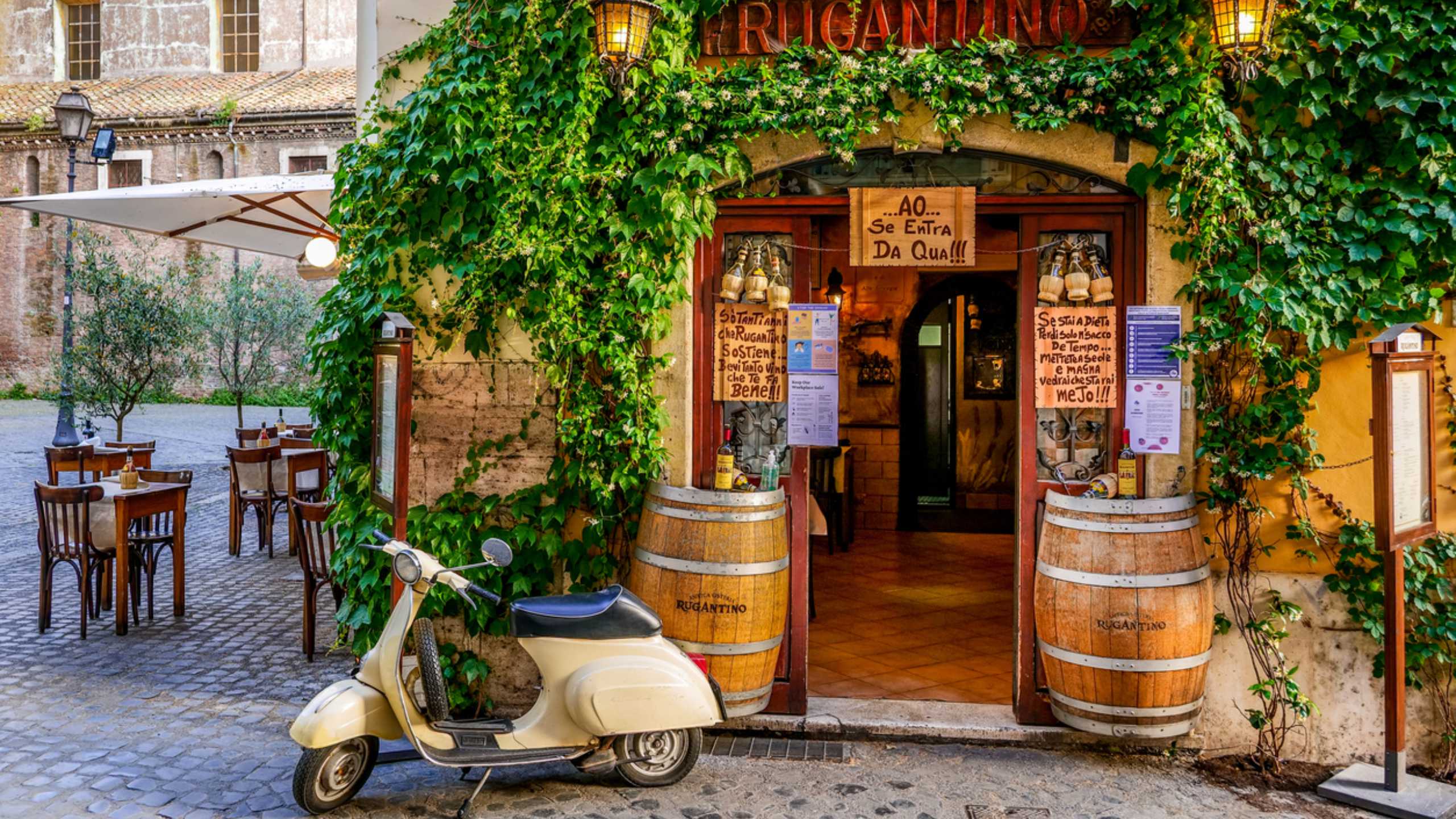The Pantheon - The temple of the Gods
One of the first monuments that tourists staying at the Eitch Borromini decide to visit is the famous Pantheon, reachable by crossing the square with a path of just five minutes from the Eitch.
Pantheon In ancient Greek it means the temple of all the gods, while in the classical Latin language it was called "Pantheum". One of the most beautiful buildings to visit for those who have time to enjoy the Eternal City, recommended as you have a few minutes available, especially if you are among the lucky ones who visit Rome without the crowds of tourists, due to the pandemic.
The history of the Pantheon
This building dates back to ancient Rome and was built with the functions of a real temple, with the intention of honoring all the divinities, in 27 BC, by the arpinate Marco Vipsanio Agrippa, or the son-in-law of August. The Pantheon was subsequently rebuilt by the will of Emperor Hadrian, between 120 and 124 AD, since the fires of a few decades earlier had caused numerous damage to the original building.
Among the main features of the Pantheon we certainly find the circular shape, connected to a portico made with Corinthian columns, which support a pediment. A building that is characterized by having a harmonious and decidedly balanced architecture, in which the dome, one of the largest in the world, made of Roman concrete, stands out for its beauty.
In the seventh century, the Pantheon became a Christian basilica, called Santa Maria della Rotonda and this is precisely the reason why it was able to "survive" compared to the looting perpetrated by various popes to the various structures of classical Rome. It is the only basilica in Rome that can still count on a chapter, in addition of course to the patriarchal ones.
The Pantheon is part of the state property of the Italian State and is one of the main attractions of Rome: just think how, in 2019 alone, it recorded a record of almost 9 million visitors. There is no museum in Italy that can come close to such numbers. The Pantheon is considered as one of the models of Roman monumental architecture, one of the few that has survived to this day and which has inspired a large number of architects, both American and European since the Renaissance.
From the 15th century onwards, the Pantheon began to host more and more important frescoes, but also the tombs of the first two Italian monarchs, namely Vittorio Emanuele II and his son, Umberto I. Inside there is also a spectacular pipe organ, created in 1926 by Giovanni Tamburini, which is perfectly suited to the interpretation of romantic passages. What are you waiting for then? Ask our Reception for easy directions to reach this enchanting monument and lose yourself in the maze of alleys that surrounds it.







